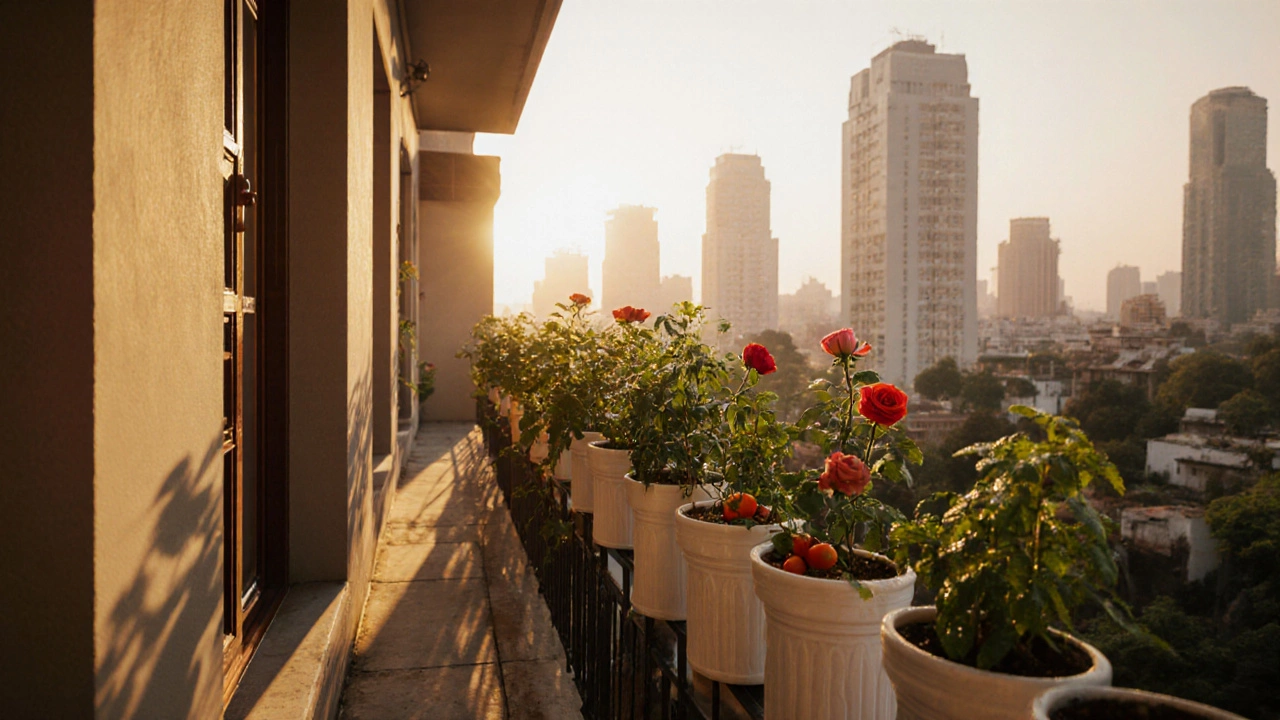Learn which balcony direction captures the most sunlight, how latitude and seasonal sun paths affect light, and get practical tips for choosing plants and maximizing exposure.
Plant Sunlight Needs: How Much Light Do Your Plants Really Require?
When it comes to growing healthy plants, plant sunlight needs, the specific amount and type of light a plant requires to photosynthesize and grow. It’s not just about putting plants outside and hoping for the best. Many gardeners in India lose plants not because of water or soil, but because they’re stuck in the wrong light. Whether you’re growing basil on a balcony or jasmine near a window, getting sunlight right makes all the difference. Some plants scream for six hours of direct sun. Others wilt if they see too much. And then there are the ones that actually thrive in shade—like the hydrangeas you see struggling on hot balconies in the afternoon.
sun exposure for plants, how much direct and indirect light a plant receives over the course of a day. This isn’t just a number—it’s a rhythm. Morning sun is gentle, full of blue wavelengths that boost leaf growth. Afternoon sun, especially in India, is harsh, full of heat and intense red light that can scorch leaves. That’s why hydrangeas on balconies often drop their blooms—they’re getting too much hot sun, not too little water. Meanwhile, plants like zinnias and brinjal need that afternoon punch to flower well. Then there’s indoor plant light requirements, the low-light conditions many houseplants endure in homes with limited windows. These plants don’t need direct sun, but they do need consistent, bright indirect light. A spot near a north-facing window might be perfect for a snake plant, but terrible for a tomato seedling. And let’s not forget shade-tolerant plants, species that grow well without direct sunlight, often used in dense urban gardens or under tree canopies. In Indian homes with small balconies or shaded terraces, knowing which plants can survive with only filtered light saves time, money, and heartbreak.
What you’ll find in these posts isn’t just theory. It’s real-world fixes. You’ll see why planting hydrangeas under a hot balcony rail is a mistake, how to tell if your zinnias are getting enough sun (or too much), and which plants actually bloom year-round in India’s mixed climate. You’ll learn how to read your space—not by guesswork, but by watching how light moves across your balcony, terrace, or windowsill through the day. No jargon. No fluff. Just clear, practical advice that matches what Indian gardeners actually deal with: monsoon shadows, summer heat, and tiny spaces that demand smart choices.
These aren’t generic tips from a climate that doesn’t exist here. Every recommendation comes from what works on Indian balconies, terraces, and backyard plots. Whether you’re new to gardening or you’ve been growing brinjal for years, understanding plant sunlight needs changes everything. It’s the difference between a few struggling leaves and a thriving, colorful garden that lasts through every season.
